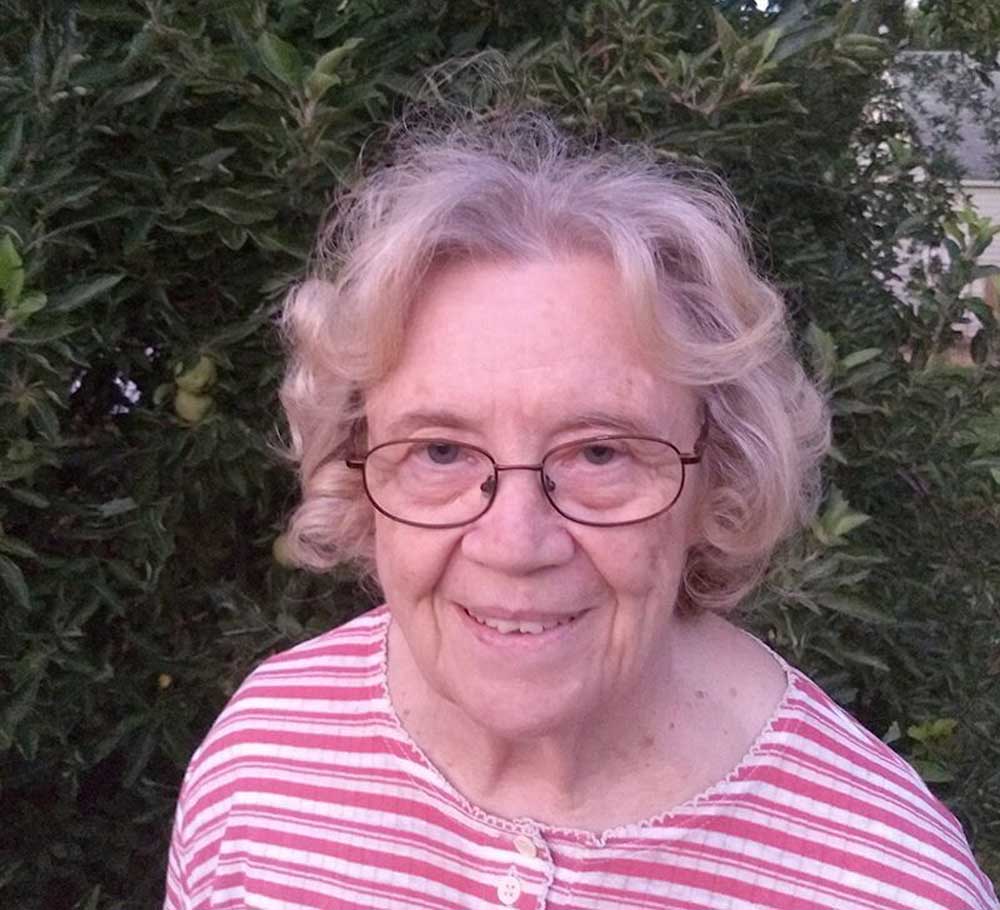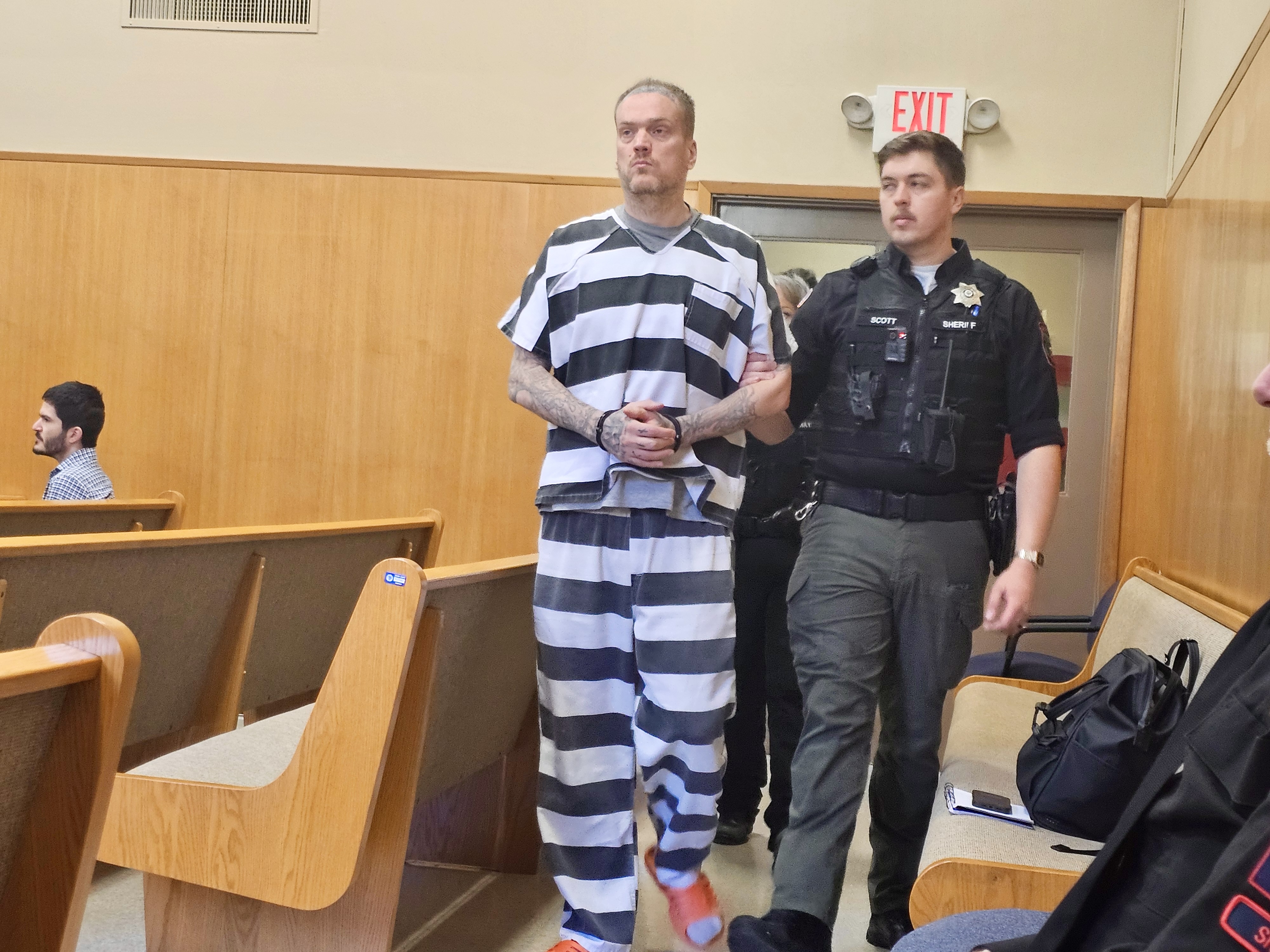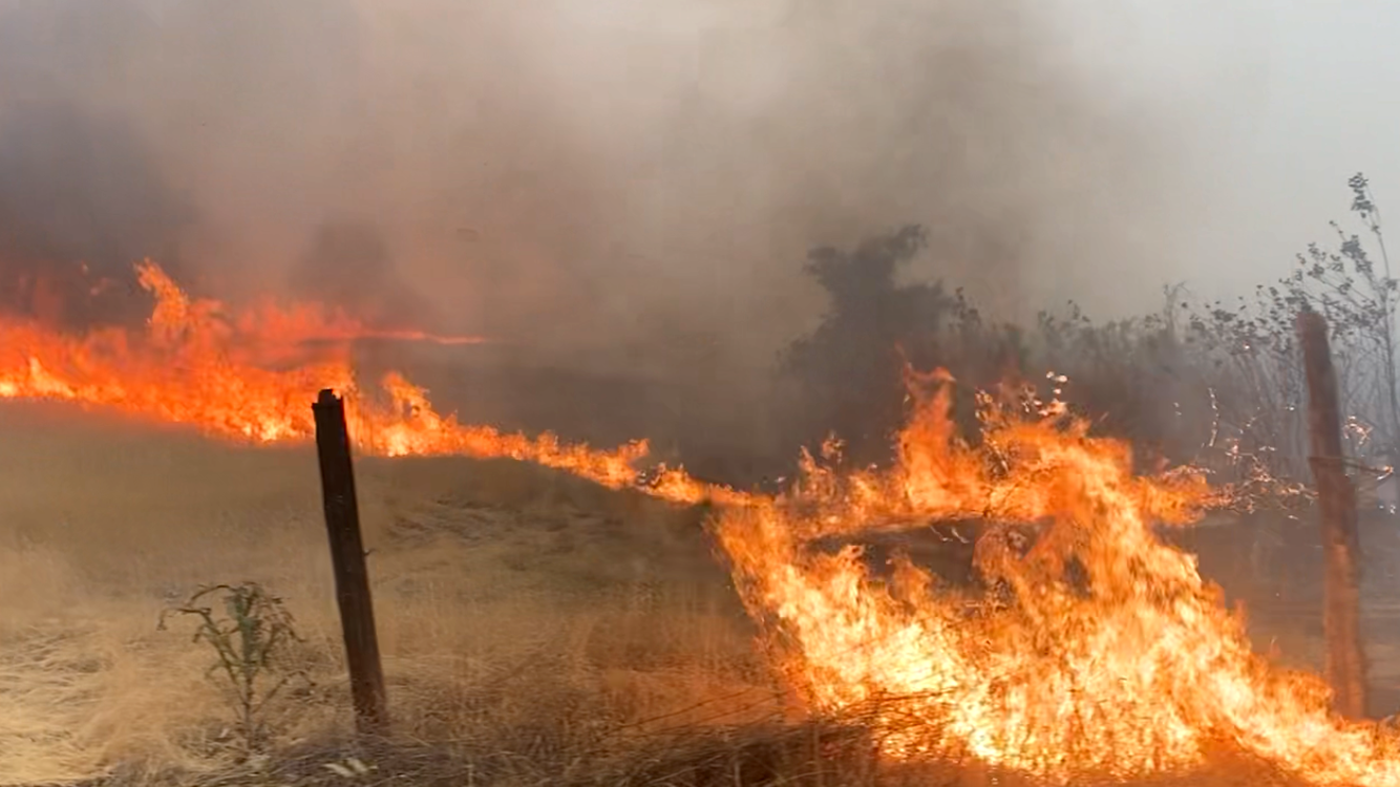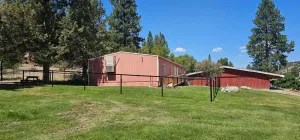Off the Beaten Path: People helping people
Published 1:00 pm Saturday, July 27, 2024

- Moultrie
“You have a six-hour layover,” said the airline desk clerk at the airport in Holland.
Trending
Traveling on my VLB (very low budget) travel plan heading to Poland and Hungary, the layover allowed enough time for a quick VLB bus tour in Amsterdam.
On the bus, I pulled out my camera. Windmills, check. Canals, check. Fields of flowers, check.
We stopped at a factory turning out wooden shoes. I thought wooden Dutch shoes were something that only attracted tourists. No, farmers used them when out in muddy fields. The bus tour group were so enamored, they tried on various sizes to purchase. We spent so much time, the bus driver had to skip the cheese-making stop.
Trending
With little time to spare, I hustled through a tourist square looking for a post office. Before I leave on a trip, I address stick-on labels. While traveling, I purchase postcards, stick on the addresses, and add a quick note. I also send myself postcards — a colorful reminder of where I’ve been.
“Where is a post office?” I asked a local businessman.
He pointed. “Several blocks down to the right”
Then he related a story.
After the war (World War II), he felt bitter and angry, especially towards the Germans. Years later, when German tourists started coming and they’d ask him for directions to the post office, he’d tell them, “Several blocks down to the left,” the opposite direction.
“That continued for decades,” said the man. “Last month I felt I needed to forgive and move on. Since then, I’ve given the German tourists the correct directions to the post office.”
For several years, I’d heard of a time after the war ended when a group of Belgians, in a spirit of friendship, raised a crop of potatoes to help feed starving German families. During a stop in Switzerland, I met a traveling group of Belgians. I asked the question.
“Yes,” said a Belgian woman, “we grew those potatoes.”
Decades later, in a Western state (not Oregon), some of the citizens lived on cattle-ranching and hay-growing land. Family gardens flourished. In another part of the state, citizens lived in mining country, the miners experiencing cutbacks, the land too rocky to raise much and the weather harsh summer and winter.
A plot of land in cattle country was plowed and worked into a garden site. Family volunteers signed up for rows — committed to plant, weed and water. Green beans, corn, potatoes, etc. grew. In the fall, the miners were told that the garden produce belonged to them — come collect the harvest.
To help someone isn’t just about potatoes.
Laya (name changed) grew into an active teenager in a South Pacific setting. She and a friend were supposed to stay where they were living. Restless for some entertainment, the two girls climbed over a fence and headed to town to the movie theater. Repeatedly breaking the rules landed Laya a transfer to an island colony with sheer cliffs that prevented escape. A diagnosis of Hanson’s disease (leprosy) kept her isolated most of her life.
I met Laya when she was an older woman, and we kept in touch with letters. In spite of her health worries, she is one of the most compassionate people I know.
During my visit there, Laya related one of her recent projects. As the need for housing decreased as the cemeteries grew, Laya was concerned that records of their time at the colony be preserved. Each group/religion had their own cemeteries. Laya reported that a group would come and microfilm records of one of the groups. Laya felt that all the records should be preserved, available for families.
“The Catholics have a large cemetery,” she said. “I discussed this with the priest. He agreed.”
Her goal: “No one forgotten.”









